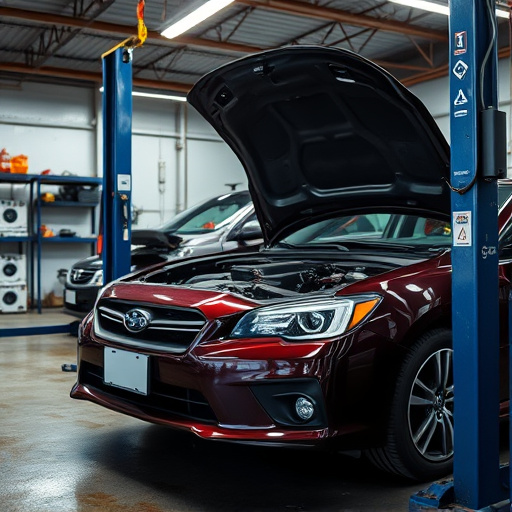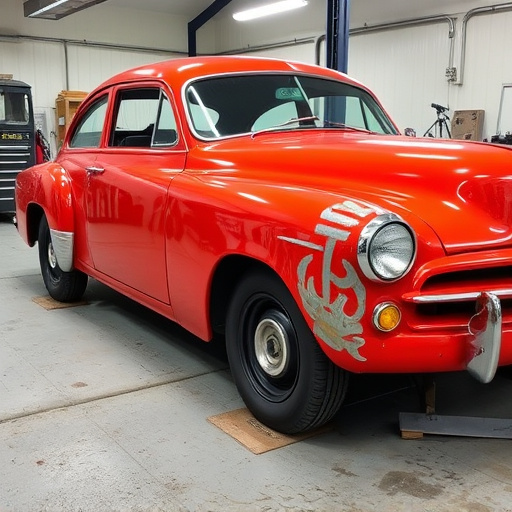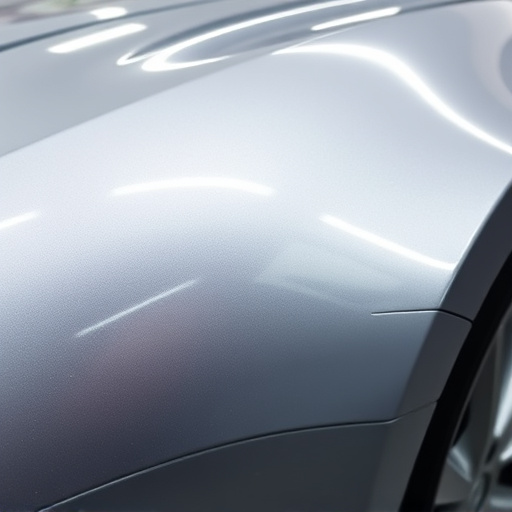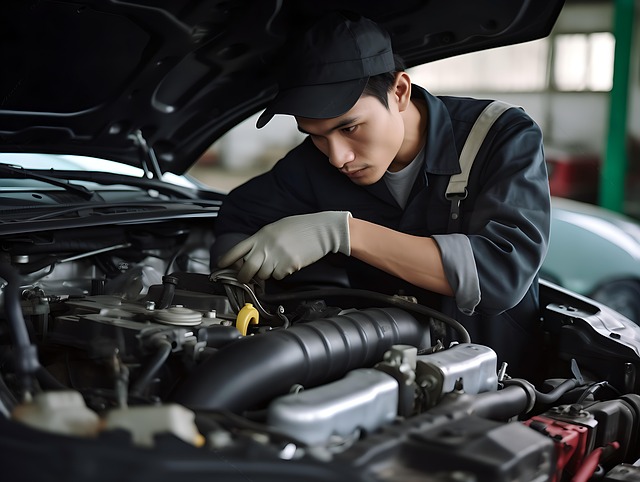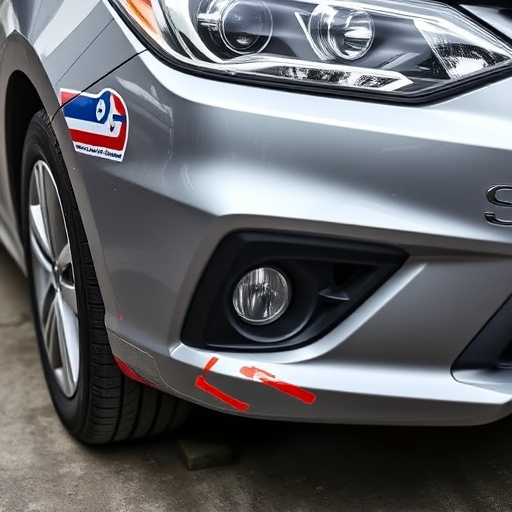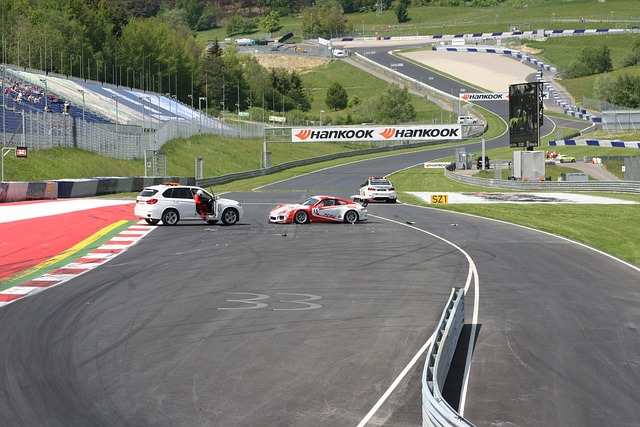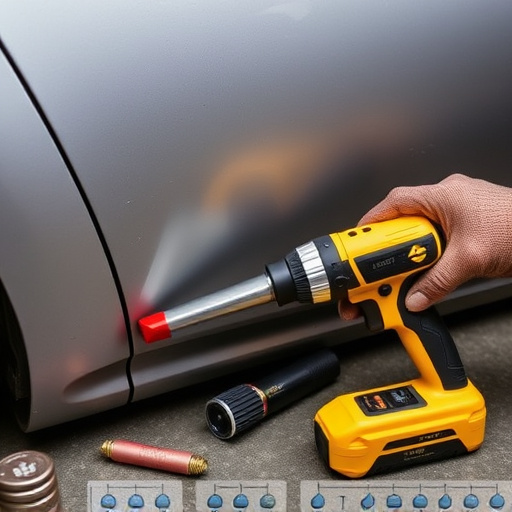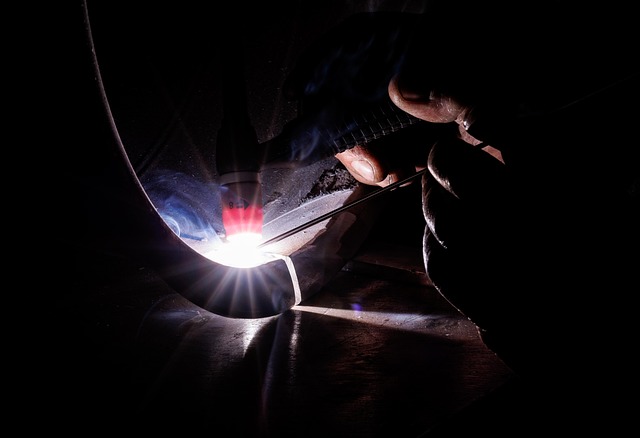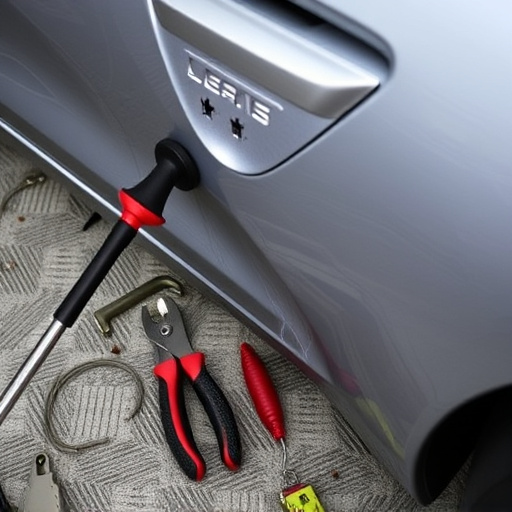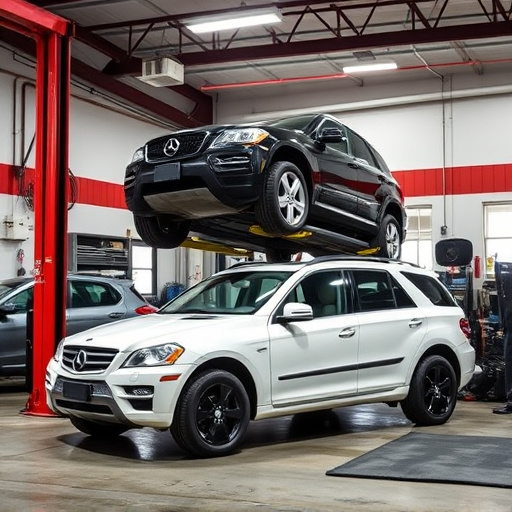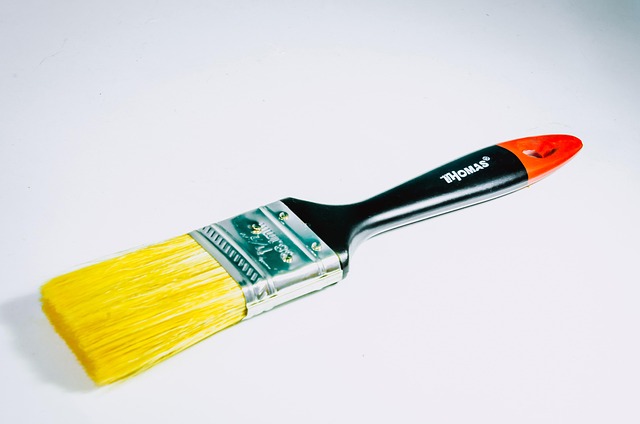Tesla PPF (paint protection film) repair demands meticulous surface preparation to remove contaminants like tar, droppings, and sap for proper adhesion. This includes specialized cleaning agents, microfiber cloths, deionized water, and compressed air. Successful restoration involves thorough examination, reapplication, and buffing/polishing techniques, achieving a seamless blend with the vehicle's original paint, enhancing aesthetics and protection against environmental damage.
Tesla owners often wonder why their high-tech Paint Protection Film (PPF) is developing defects. The answer lies in surface contaminants that can mar the film’s clear, protective layer. This article delves into understanding common Tesla PPF contaminants, effective preparation techniques for repairing damaged film, and restorative steps to regain the integrity of your vehicle’s PPF. Learn how proper surface prep is key to successful Tesla PPF repair.
- Understanding Tesla PPF Contaminants
- Effective Surface Preparation Techniques
- Restoring PPF Integrity After Contamination Removal
Understanding Tesla PPF Contaminants
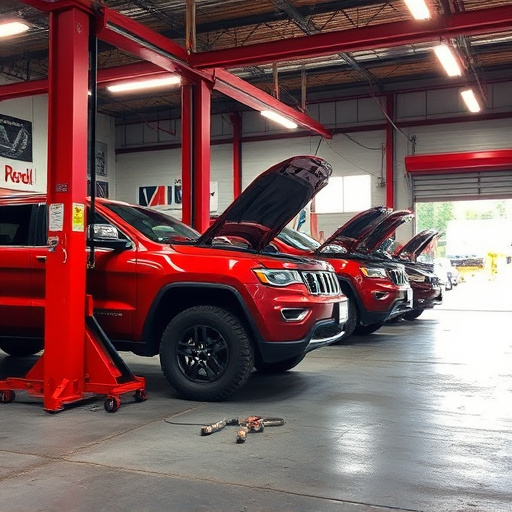
Tesla PPF (paint protection film) repair is a specialized process that demands meticulous attention to detail, especially when it comes to understanding and addressing surface contaminants. The PPF, designed to safeguard the vehicle’s finish from chips, cracks, and scratches, can become compromised by various elements found in everyday driving conditions. These contaminants may include road tar, bird droppings, tree sap, and even minor dents or dings.
In a collision repair shop, technicians must carefully inspect the PPF for any signs of damage or contamination before initiating repairs. Effective contaminant removal is crucial to ensuring that the film adheres properly to the vehicle’s surface during reapplication. This meticulous process involves utilizing specialized cleaning agents and techniques to eliminate residues and restore the base coat underneath, facilitating a seamless restoration of the Tesla’s protective barrier against environmental hazards, much like removing a vest from a warrior before battle – clean, protected, and ready for what lies ahead.
Effective Surface Preparation Techniques
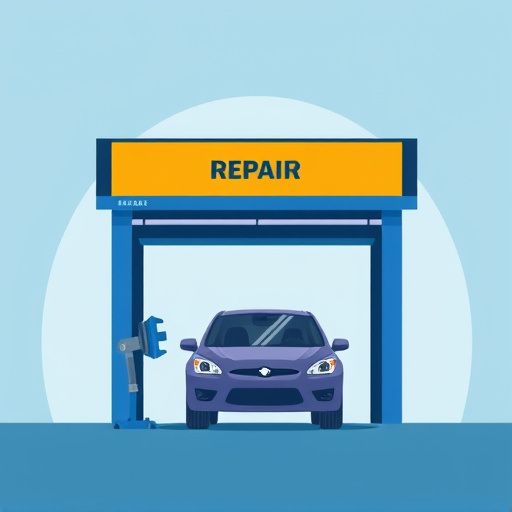
When it comes to Tesla PPF (paint protection film) repair, effective surface preparation is key. The process begins with a thorough cleaning to remove any dirt, dust, or contaminants that may hinder the adhesive bond. This step is crucial as even the slightest residue can prevent the film from adhering properly, leading to potential bubbles, cracks, or an uneven finish.
For optimal results in car dent repair and auto repair shop settings, several techniques can be employed. These include using specialized cleaning solutions designed for PPF surfaces, along with microfiber cloths and deionized water to ensure a streak-free, dust-free clean. Additionally, utilizing compressed air can help dislodge stubborn particles from hard-to-reach areas. Proper surface preparation not only ensures the longevity of the repair but also guarantees a seamless, professional finish that matches the vehicle’s original paint job, making it nearly indistinguishable from the rest of the car body in the bustling auto repair shop environment.
Restoring PPF Integrity After Contamination Removal
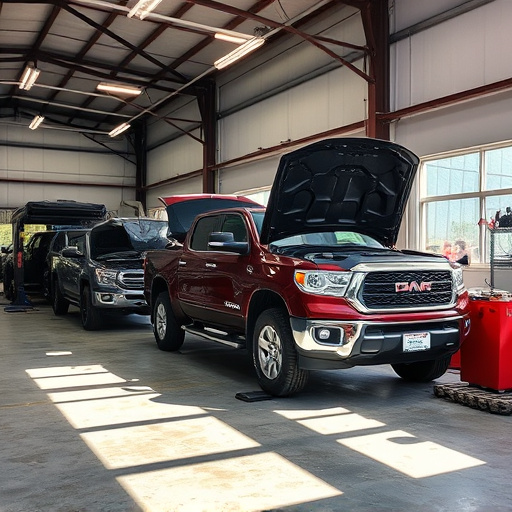
Once the surface contaminants have been successfully removed, restoring the integrity of the Tesla PPF (paint protection film) is the next crucial step in the repair process. This involves a meticulous examination of the film to identify any damages or defects that may have been caused by the contamination. Proper cleaning and decontaminating solutions are reapplied to ensure no residual debris remains that could compromise the film’s effectiveness.
The restoration process includes carefully buffing and polishing the area to reestablish the original gloss and smoothness of the PPF. This not only enhances the aesthetic appeal but also ensures that the film continues to provide optimal protection against chips, cracks, and other forms of damage, similar to how dent removal and collision repair techniques are used in automotive repairs to restore a vehicle’s exterior to its pre-incident condition.
When it comes to Tesla PPF (paint protection film) repair, proper surface contaminant removal is paramount. By understanding common contaminants and employing effective preparation techniques, you can restore the integrity of your vehicle’s PPF. Following these steps ensures a seamless repair process, maintaining the protective layer of your Tesla’s finish.
